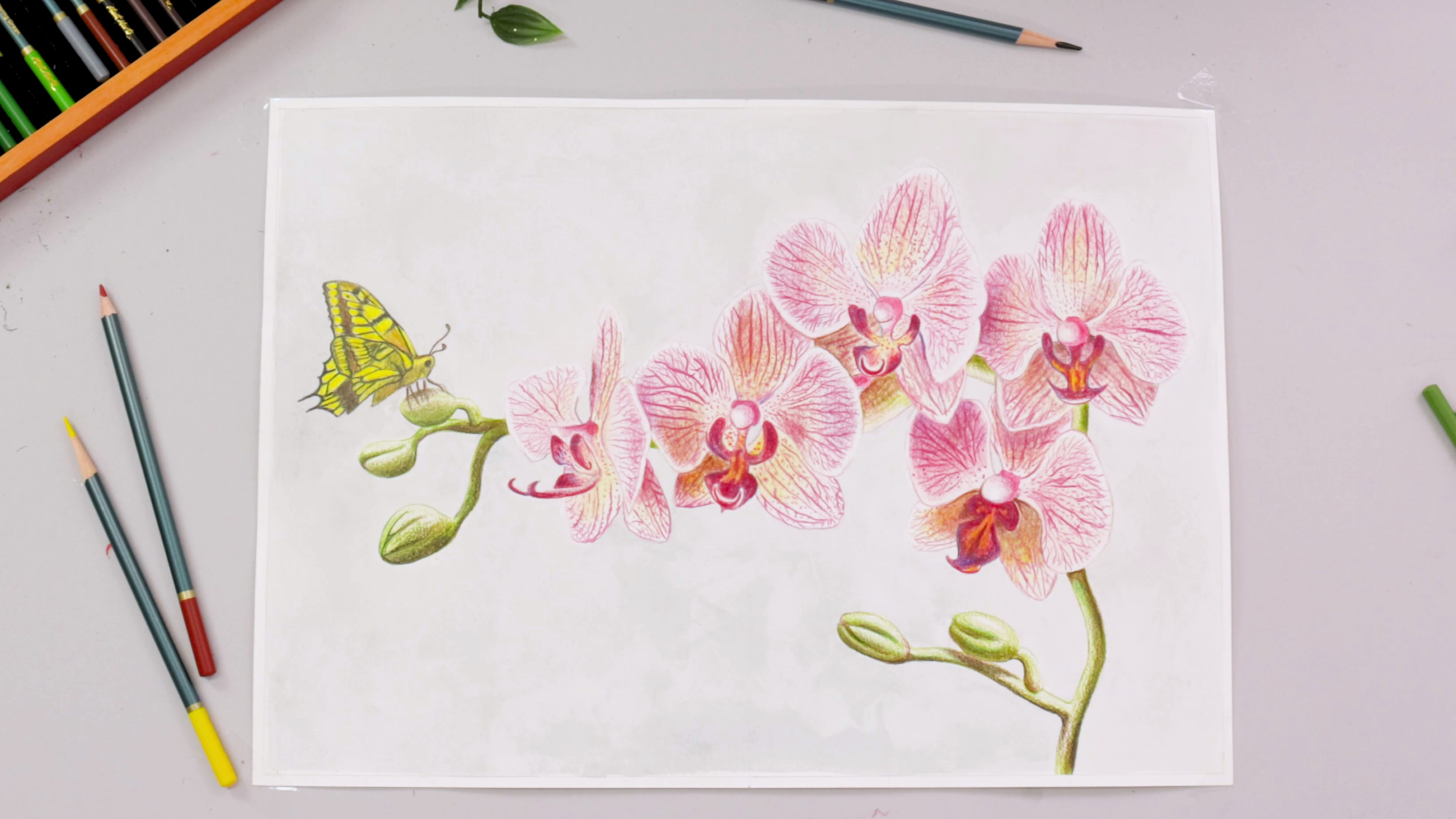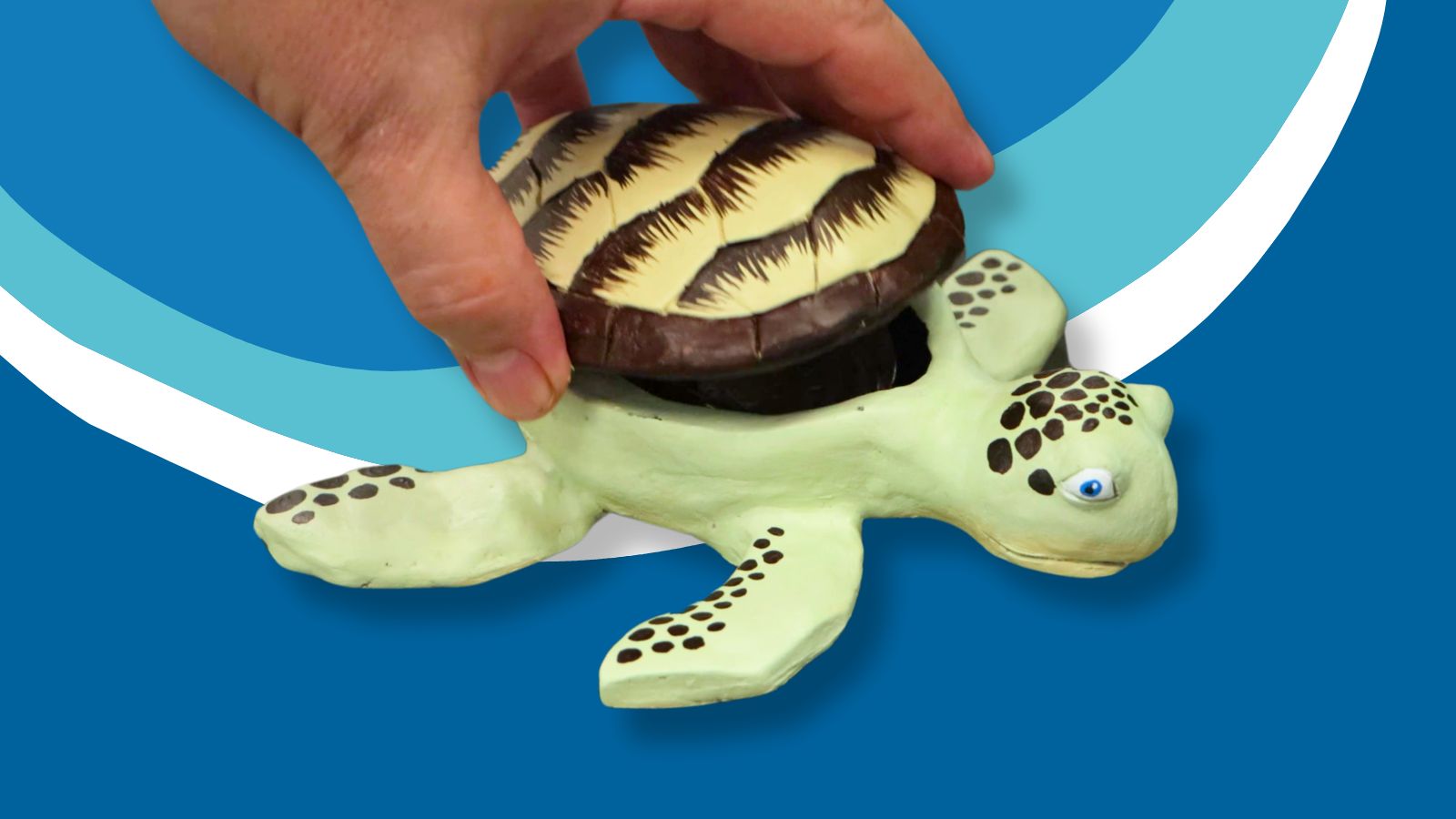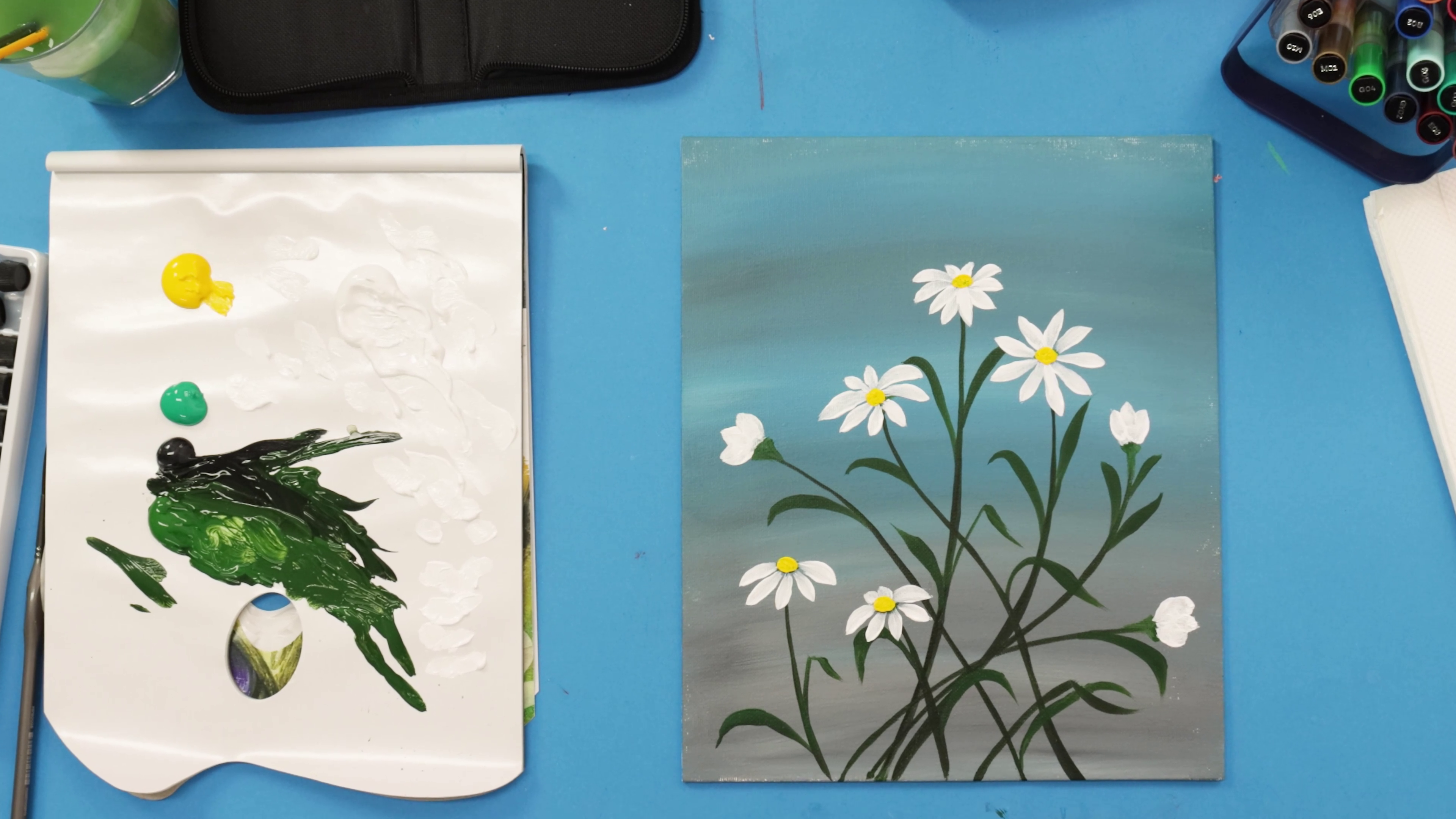Create a wedding portrait drawing in graphite pencil
In this tutorial, we’ll take you through how to draw a graphite bride portrait. If you’re looking for your next drawing challenge, you’ll pick up some great techniques in this project, such as circle rendering to create tone. Follow along with our video and step-by-set guide to give it a go!
Extra materials you’ll need:
- A ruler
- A tissue
For this tutorial, we have supplied a reference image under “Resources” on the project webpage for you to download and print. Although, it’s best not to transfer or trace the image onto your page as it will create furrows in the paper that the graphite won’t cover. So, in this tutorial, we draw it directly using the grid system.
Firstly, create a grid over the image using a HB pencil. It’s important to make sure any grid line work is very light as it will be removed.
Once you’ve drawn the grid, lightly outline the bride making the lines quite light. Add in any shadow boundary lines as a reminder of how far to take the shadow and where highlights should be. For the bride’s veil, draw the lines where white highlights will be.

The general rule of thumb for shading with graphite is to start with lighter tones and work it up into darker tones. However, it’s also a good idea to establish some key dark tones when getting started.
Lay in the eyelashes and brows using an 8B pencil and gently add tone to the face with a 2B pencil.


Paying close attention to the reference image, build up dark tones in areas such as the top of the nostril, the bridge of the nose, the shadow on the bottom lip cast from the top lip, areas under the eyes, and the top of the chin.

As the light is emitting from the right-hand side, the left side of the face is in deep shadow. Using the 8B pencil, take the tone up to create the hair, following the form with strokes. Although the bride has very dark hair and the tone will be blocked in, this will help to suggest the direction of the hair through texture.


There is an area of highlight at the front of the hair, and this can be left free of colour. The hair is visible below the chin, and this can be suggested with long strokes in the appropriate direction.


The shoulder can then be shaded. This is a round shape and the highlight is transitioned into a dark tone to suggest the shape.

As the veil is a sheer fabric, the tones on the top will be quite subtle. Lay the tones in using a HB pencil. Follow the form of the bride but make the tones a few shades lighter for the veil. When shading the fabric, pay close attention to the reference image and shade what you see, and keep balancing out the tones. Any large areas of flat tone can be softened with your finger.
Tip: it’s good practice to lay a clean sheet of paper over any finished areas so you can place your hand on the paper and avoid smudging your work.


Once the bride is finished, you can add tone to the background. This step is optional but if you would like to create a smoky background this is a pretty easy way to do it. Take the 8B pencil and scrape the end with a hobby knife to create graphite powder onto the area you want to add tone to. Then rub the graphite powder into the surface of the paper using the tip of your finger and very gently rub it in with circular motions. Once the graphite has been added, use a tissue to give it a final smoothing.


Finally, you can redefine any highlights with the electric eraser.

If you try this project, we'd love to see it! Snap a photo and #montmarteart or tag us on Instagram or Facebook @montmarteart.
Material List
- Electric Eraser Signature
- Drawing Set Signature 8pc
- Sketch Pad Signature 150gsm 25 Sheet A3 297 x 420mm (11.7 x 15.5in)
- Precision Craft Knife Signature 3pc





































